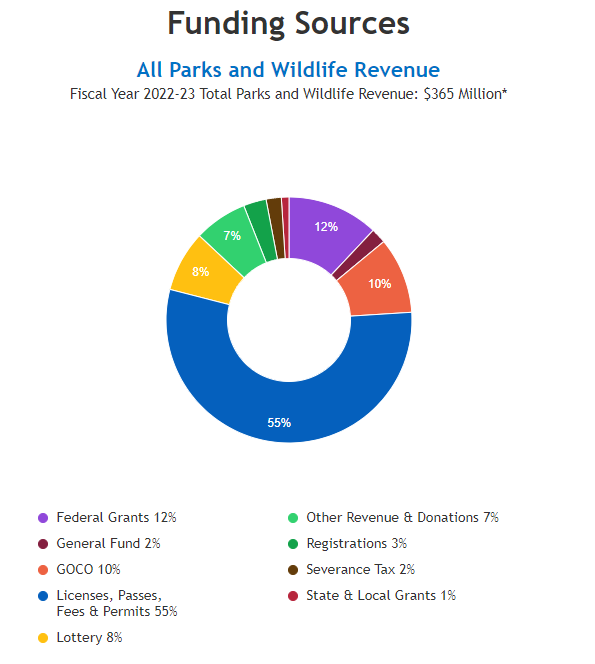Coloradans care about the natural world and will support efforts to preserve the environment. This is exemplified by the recently passed state bill 23-016, which aims to cut economy-wide emissions by 65% by 2030 and 90% by 2045.
However, Coloradan firms that want to embrace corporate sustainability will need to go beyond greenwashing tactics to appease state-wide stakeholders. This means that many companies will need to embrace socially conscious business models while taking steps to reduce waste, minimize carbon emissions, and increase recycling rates.
Companies that take these steps will appease demanding stakeholders and prove that they are authentically committed to combating climate change.
READ: How to Embrace Socially Conscious Business Models (and Increase Your Profit Margin)
Carbon emissions
Capping carbon emissions should be a chief priority for firms that want to brand themselves as sustainable.
However, recent data published by the Environmental Defence Fund (EDF) shows that Colorado is behind on its carbon targets. Today, EDF projections show that the state is set to exceed its emissions target by 153 million tons of carbon pollution.
Corporations can take their responsibility for climate change seriously by looking for alternatives to popular carbon credits. Carbon credits have gained a poor reputation recently due to fears about their ineffectiveness and rumors that some credits are overestimated, poorly tracked and double-counted. Rather than putting all their resources into carbon credits, firms can use tactics like:
- Improving supply chain sustainability by sourcing locally produced goods and sustainably sourced water or energy.
- Purchasing more renewable energy systems, like solar panels, to power offices and mitigate energy waste.
- Reducing the footprint of corporate buildings by using smart tools like automated temperature controls.
- Embracing circular economy models to cut down on the carbon costs associated with production.
These steps authentically cut down on carbon emissions and help firms become more energy-efficient. Businesses that embrace these policy changes may benefit from cost reductions, too, as solar panels and recycled goods tend to cut down on operating overheads.
READ: 4 Strategies for Corporate Social Responsibility in the Workplace
Improved reporting
Accurate reporting is essential for Colorado businesses that want to impress stakeholders with their sustainable policies.
Without accurate, reliable reporting measures folks will not be able to accurately assess whether or not a business is truly sustainable or simply greenwashing. Companies can improve their reporting by embracing corporate sustainability technology like:
- AI-driven ESG reporting that is capable of crunching huge data sets related to carbon emissions, water waste, recycling and environmental impact.
- Impact Measurement and Management (IMM) software to track the progress of sustainability initiatives and measure the impact of ongoing initiatives.
- Integrated data analysis programs that can collect data from external sources to improve impact monitoring and identify trends.
- IoT sensors are capable of gathering data related to water mismanagement, temperature controls and machinery to better track key data points like energy consumption and waste production.
These tech-driven tools are capable of analyzing huge data sets and can make sense of information that would otherwise be lost. This is key for firms that truly care about the wider impact of their business and want to stay accountable for their wider impact.
Utilizing these programs and devices can help companies make ESG a priority and may lead to enhanced operational efficiency.
The bottom line
Stakeholders across the state are demanding that businesses take their commitments to climate change seriously. However, many firms do not know how to authentically reduce their impact or report the progress.
ESG technology can help by tracking key data points like carbon emissions and water waste. This can help companies make progressive decisions, like installing solar panels and recycling more waste materials, that improve operational efficiency and cut down emissions. This can be transformational for companies that have previously relied on carbon credits to offset their impact.
 Indiana Lee is a writer, reader, and jigsaw puzzle enthusiast from the Pacific Northwest. An expert on business operations, leadership, marketing, and lifestyle, you can connect with her on LinkedIn.
Indiana Lee is a writer, reader, and jigsaw puzzle enthusiast from the Pacific Northwest. An expert on business operations, leadership, marketing, and lifestyle, you can connect with her on LinkedIn.




